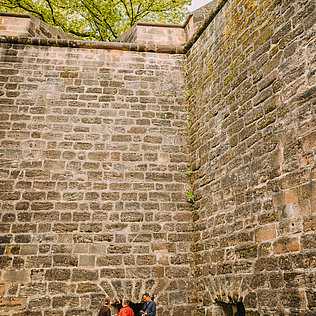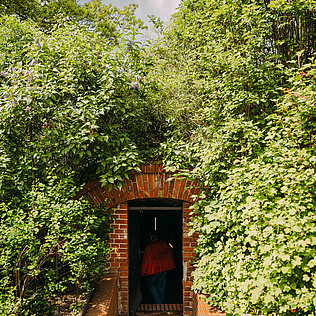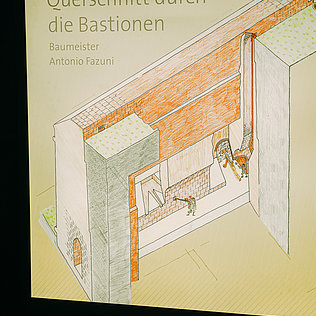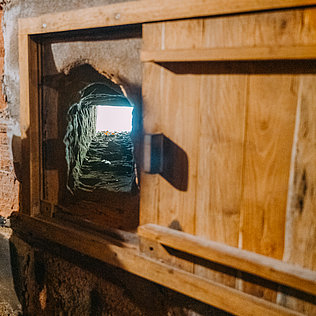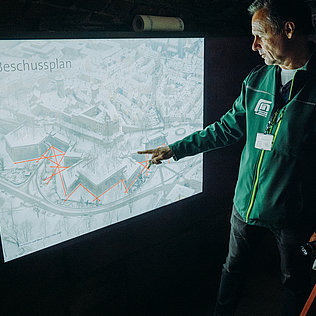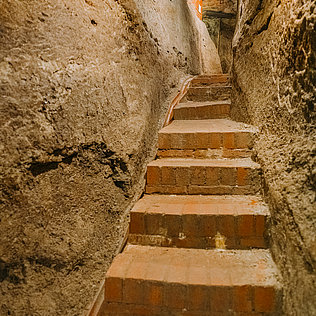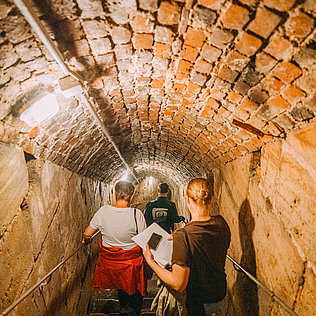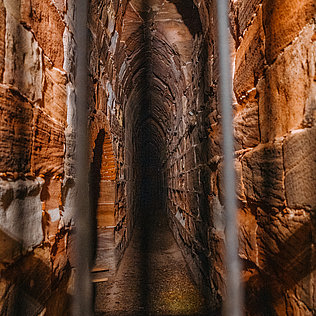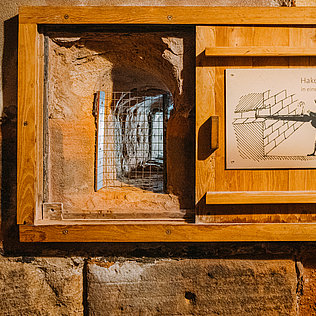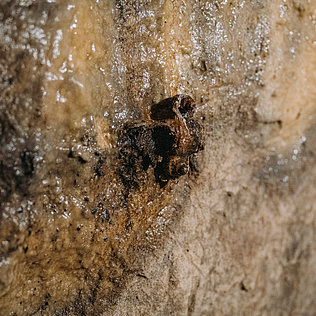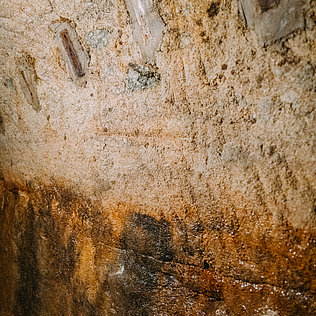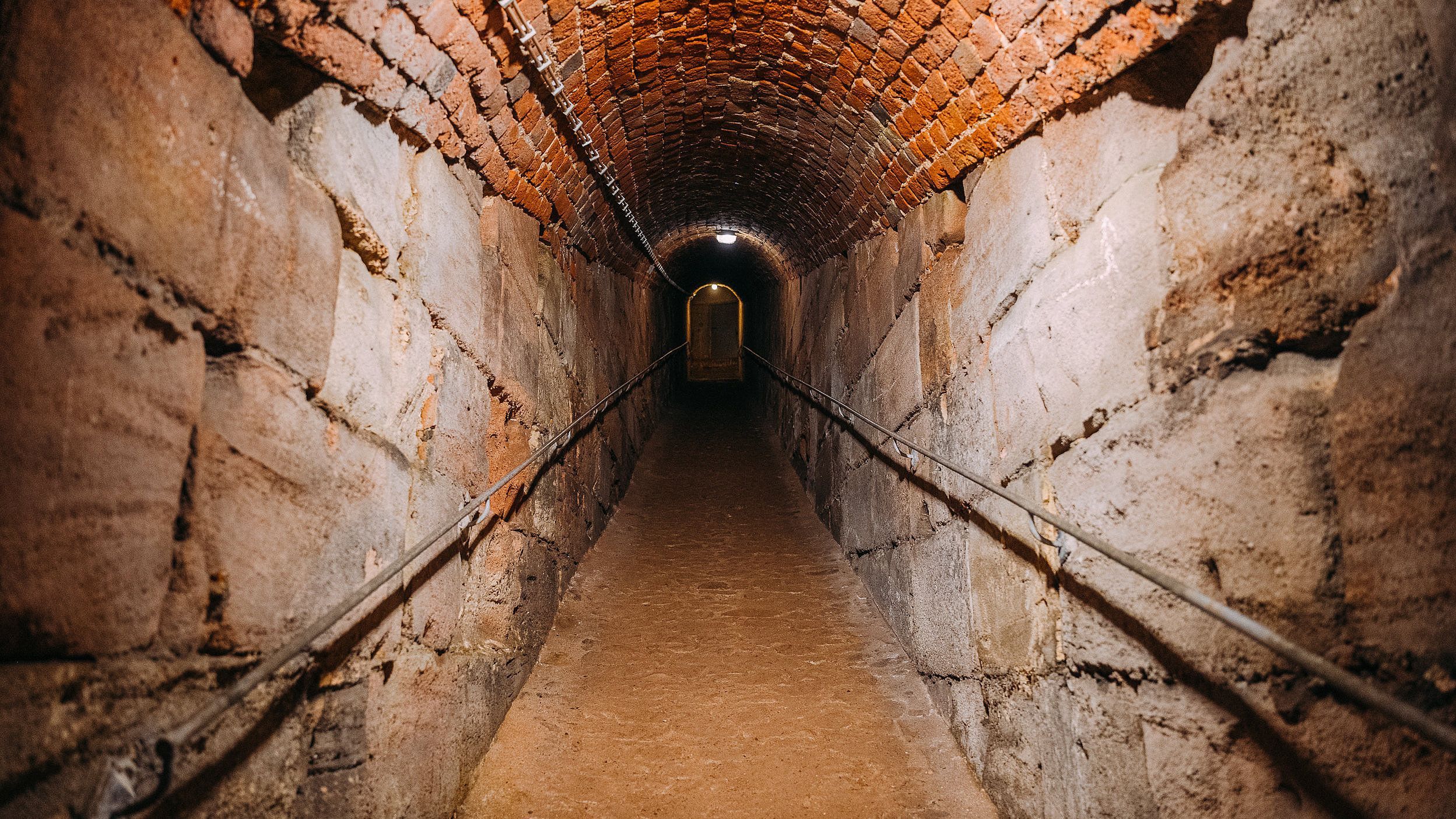
City Wall & Casemates
The city fortifications
Nuremberg is the only large city in Germany which is surrounded by an original city wall. This fortification is one of the three most massive medieval city walls in Europe.
The City Wall
About 3.5 kilometers long, in part up to five meters thick, on average seven to eight meters high with seven gates and 71 towers – that’s the Nuremberg city wall, one of the most important historical structures in the town.
Towers: There were once 183 towers in the city wall; today 71 remain. Four of them are the massive towers at the gates – Laufer Tor Tower, Frauentor Tower, Spittlertor Tower and Neutor Tower. At these four locations, the city wall reaches its maximum width of five meters.
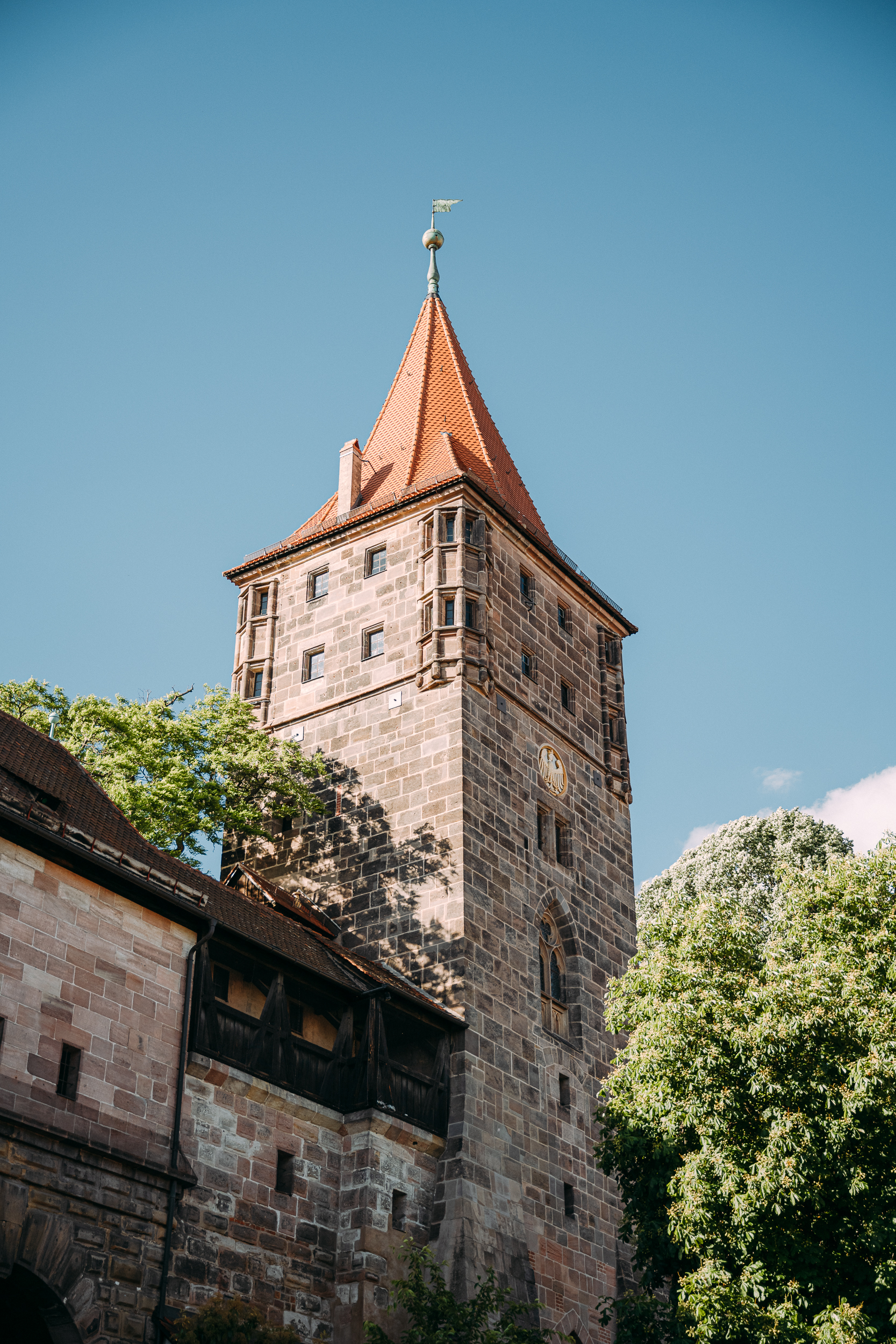
Antonio Fazuni and the remake of the Nuremberg city wall: The Nuremberg city wall was only conquered one time and the city taken – by the US Army on April 20, 1945, during the battle of Nuremberg. Until that point, there were no successful attacks, not even during the Thirty Years’ War.
One of the reasons: Antonio Fazuni. An Italian star architect, who, in 1538, was given the task to remake the Nuremberg city wall, to better protect the town against attackers. And Fazuni was successful: His work was so well thought out and of such architectonic finesse, that simply its presence was a deterrent to attack. The Nuremberg city wall was considered unassailable.
Special features of the Nuremberg city wall
Castle bastions: Today, the castle garden blooms above them, originally the projections on the walls helped strengthen them. By creating a zig-zag pattern in the many-cornered bastions, it was almost impossible for an attacker to reach the wall without being under fire from another direction.
- Curved bridges: They prevented the city gates and walls from being attacked with a battering ram.
- Casemates: The attack-proof underground defensive corridors with their many embrasures served not only as a place to fire at enemies in safety, but were also connected in many spots so that one could move from place to place several meters underneath the surface.
Casemates
When walking in the castle moat, have you ever asked what these small “window wells” at the base of the castle wall are and where they lead? These are embrasures, which lead out of the casemates , a labyrinth of underground defensive corridors – up to 12 meters underground.
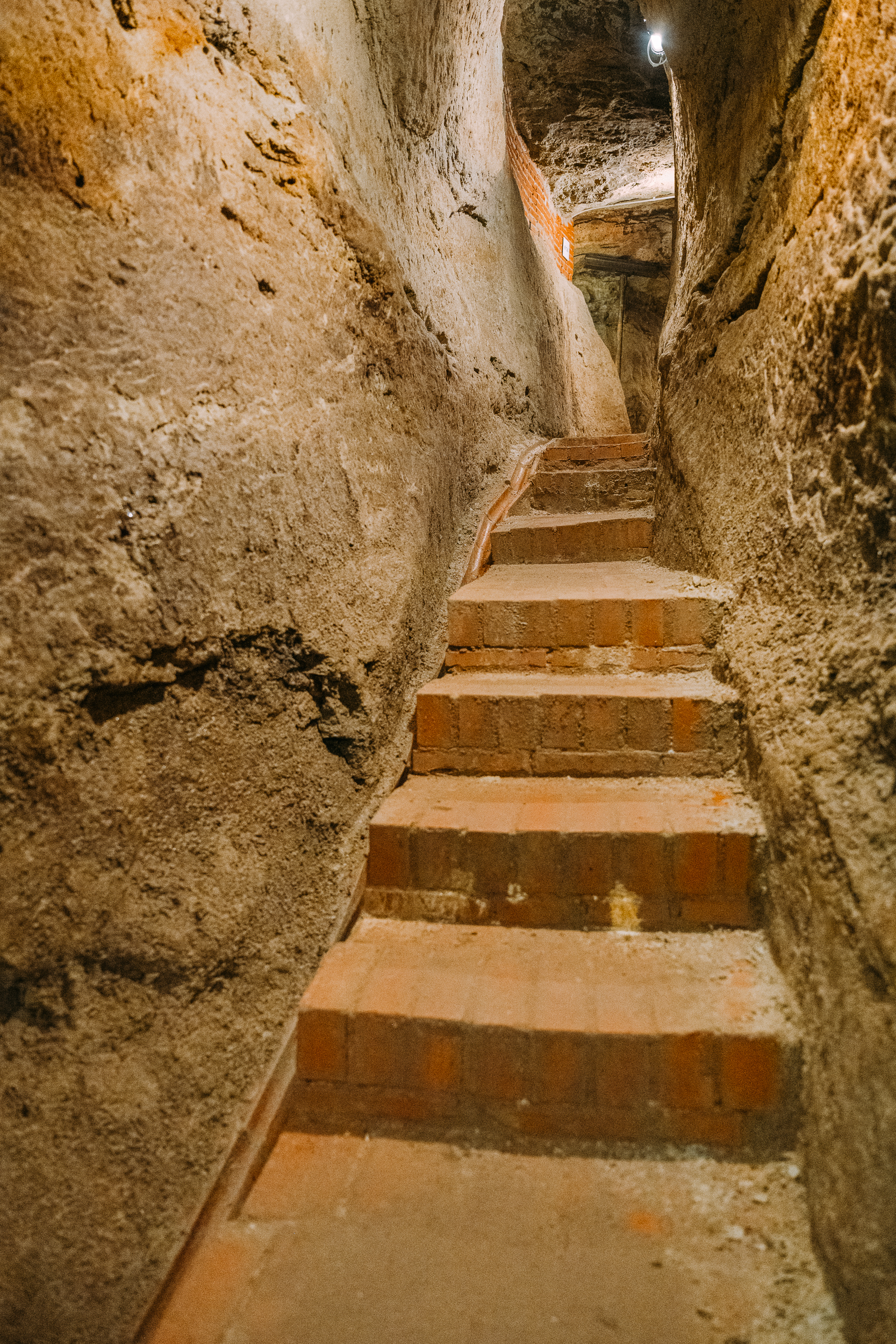
Secret Water System
Because in the past enemies tried to poison the wells of cities, a secret underground fresh water supply system was integrated into the casemates. The ca. 2-kilometer-long line led from the Imperial Castle to the city hall.
More about the secret water system
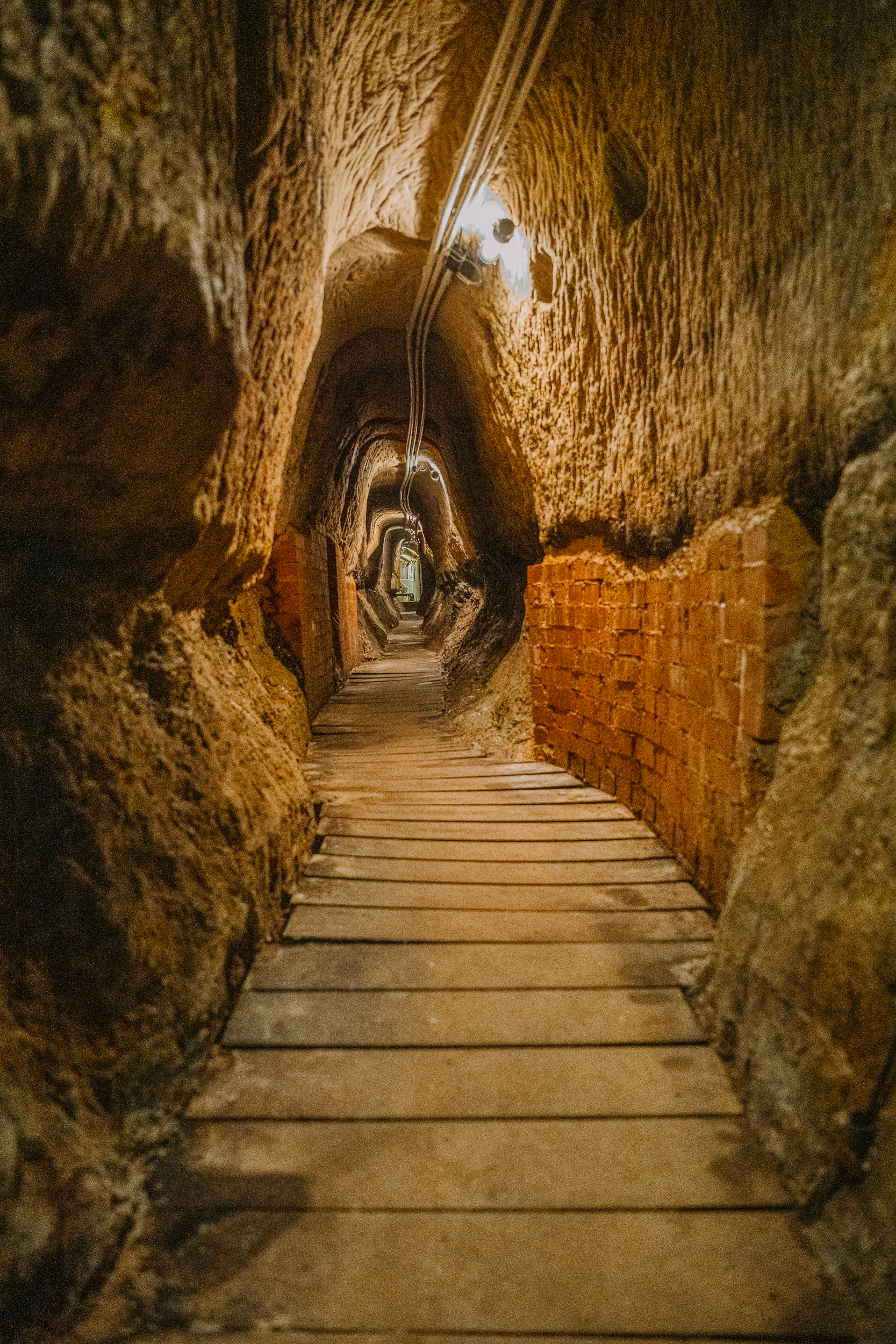
If you want to know more about the city wall and the underground defensive & and secret passageways and see them for yourself, sign up for one of the many tours from the Förderverein Nuremberger Felsengänge e.V. From April to September there are several tours daily where you can experience Nuremberg from a completely new point of view. Get your tickets here!
Categories at The Castle District
The Hexenhäusle
